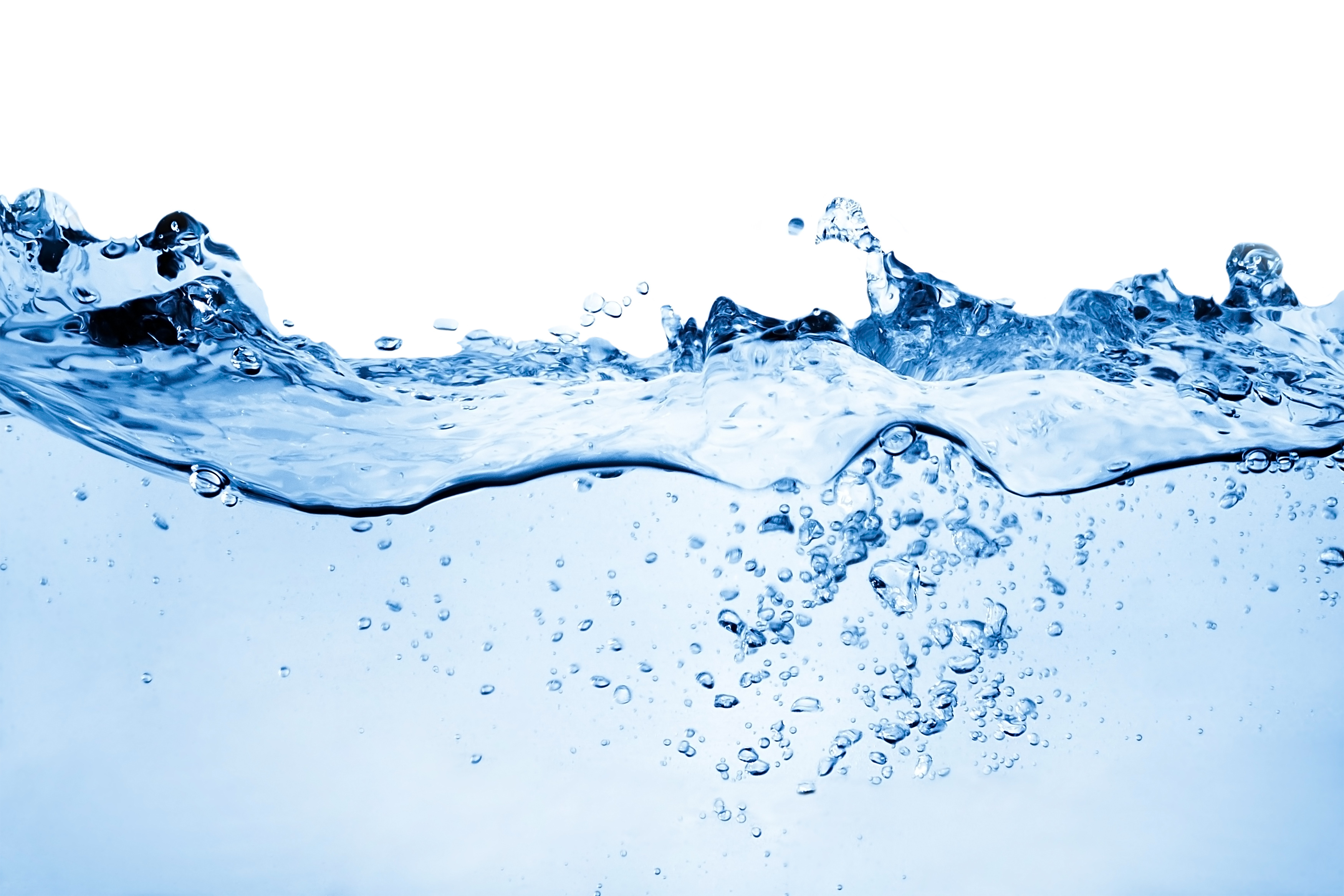A good supply of fresh water is essential for a healthy life. However, one in nine people in the world do not have access to clean, safe drinking water. This amounts to about 783 million people, and 37% of these live south of the Sahara in Africa. Eighty-four per cent84% of the people who do not have access to clean water are subsistence farmers in rural areas. Of homes that have no water source, 64% rely on women to collect the water, and girls are more likely to perform this chore than boys. Worldwide, approximately 70% of water usage is for agriculture and irrigation.
In those countries labelled as developing, up to 80% of illnesses may be linked to dirty water or sanitation. Less than a third of people in sub-Saharan Africa have regular access to a sanitary toilet – in fact, more people own a mobile phone than a toilet. With regards to children, more than half of primary schools in the developing world have no water or sanitation available for students. If there are no toilets, girls commonly leave school as they start to menstruate due to the difficulties in keeping clean. Meanwhile, worldwide one fifth of deaths in children aged below five are due to water-related diseases.
These are the shocking facts worldwide, and it is difficult to know how best to respond to the needs of those who do not have clean water or sanitation. This is the world’s water crisis that needs immediate attention.
Considerations for Projects
Water and sanitation projects initiated by donors or NGOs require initial set-up capital, but they also need to be monitored to ensure that they succeed. Maintenance of equipment such as boreholes or pipes and storage tanks is essential, because otherwise, as time passes, normal wear and tear will degrade the equipment and result in the project’s failure. This type of equipment is commonly new to the rural people it has been made available to, so education in its use is required to inculcate the necessary skills.
In developing countries most water is carried from a source to the place where it is used. Apart from being a time-consuming job, the water source, which is commonly an open stream or dam, may be infected with either animal or human excreta or with micro-organisms that cause illness, such as bilharzia. Collecting water from an underground source usually solves such infection problems due to natural filtration, and piping of the water from its source to the local village can lighten the labour load. Safe storage of water in water tanks improves the situation still further, as water may then be available 24/7. This can be improved still further by the inclusion of some form of water treatment system such as chlorination.
Education in the use of clean water and hygiene routines must come with the provision of equipment for a project to have a successful outcome.
Analytics Available for Water Testing
There is no point in solving a problem where there isn’t actually one in the first place. The cleanliness of water is tested using innovative equipment supplied by specialist companies such as Xylem Analytics UK (http://www.xylemanalytics.co.uk). Following the establishment of a project, it is important to continue to analyse the water at its point of use to check for any early problems.

